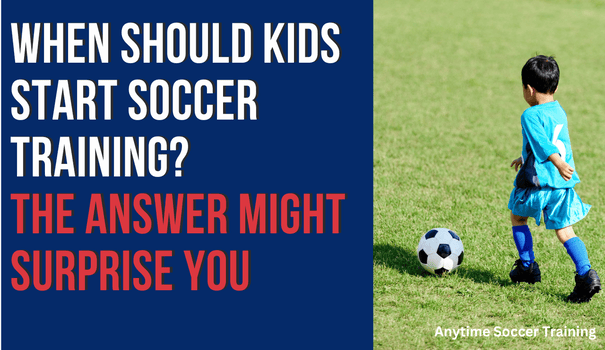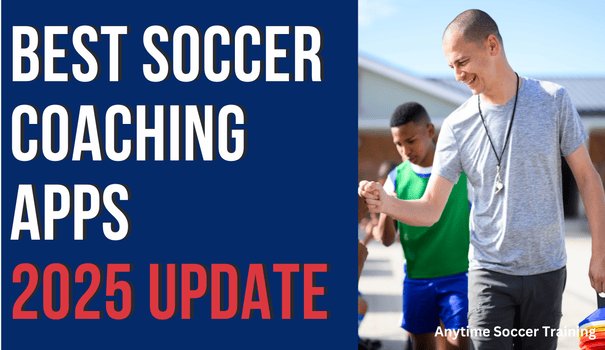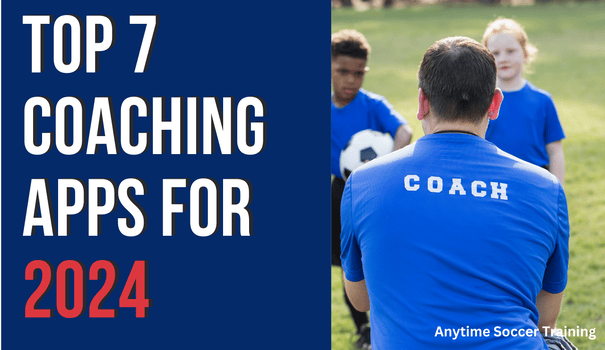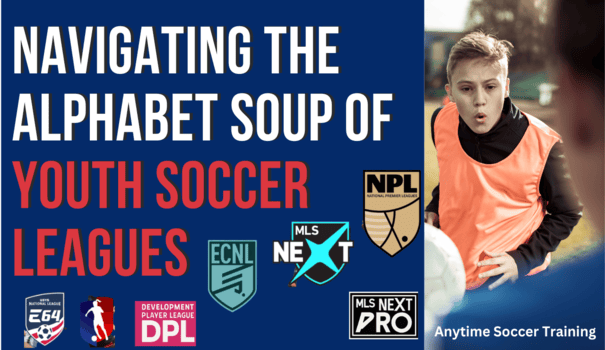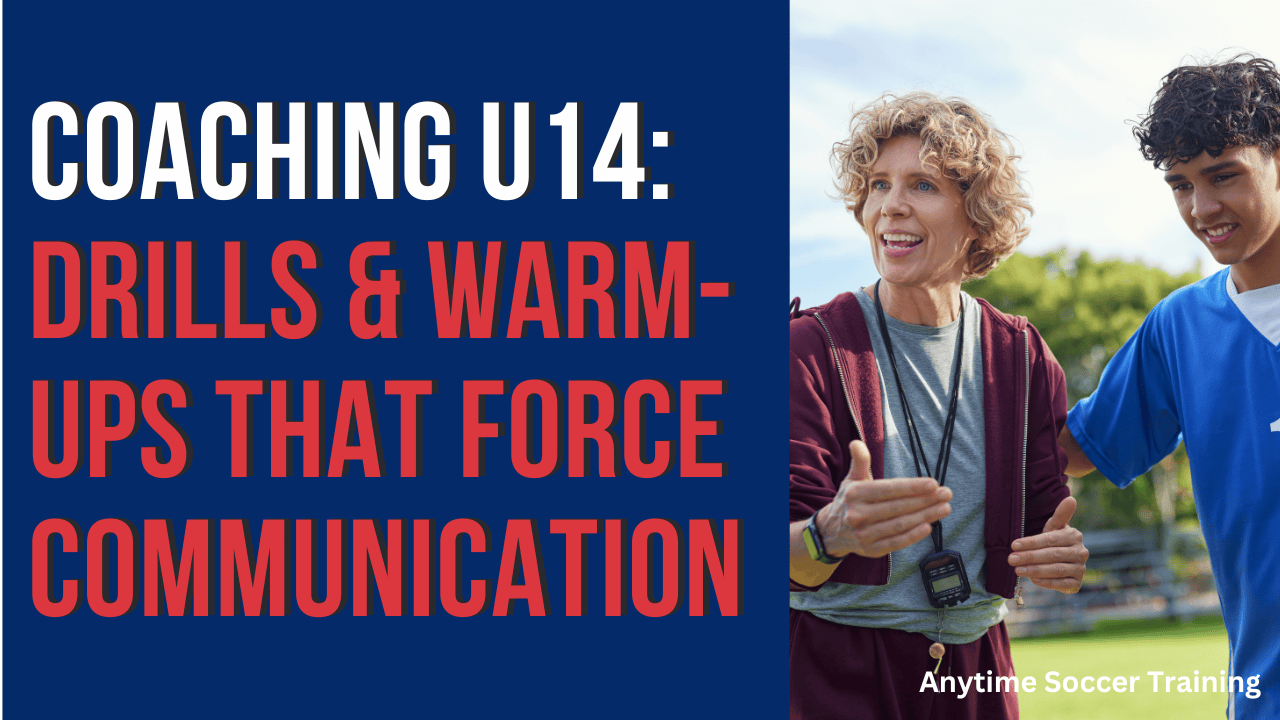Player Cards in Youth Soccer
Player cards are essential tools in youth soccer, serving as official proof of eligibility, registration, and team affiliation.
While they might seem straightforward, understanding the nuances of player cards—such as costs, dual carding, tournament rules, and guest playing—can save time and frustration for players, parents, and coaches.
What’s Covered:
- What Is a Player Card?
- Cost of Player Cards
- Can a Player Be Carded for Multiple Teams?
- Can a Player Be Carded in Two Different States?
- Can I Get a Player Card Without Joining a Team?
- Guest Playing and Player Cards
- Can a Player Leave Mid-Season?
- Playing for Both US Club Soccer and USYSA
- How Long Does It Take to Get a Player Card?
- Tournament Rules and Eligibility
- What About Hispanic Leagues—How Do They Work?
- Can You Play for ECNL and Another Team?
- International Players and Clearance
- Final Thoughts
Personal Experience
From my experience, managing multiple league cards and navigating tournament rules has been both challenging and enlightening.
My son has played on both US Club Soccer and USYSA teams at the same time. However, he was ineligible to participate in the Jefferson Cup because the tournament required a USYSA card, and at that time, he only had a US Club Soccer card.
This highlights the importance of understanding the specific player card rules for tournaments.
Want to help your child build their soccer skills step by step? Sign up for our weekly newsletter to receive a video featuring one new move each week!
More about Player Cards?
A player card is an identification card issued by a youth soccer league or governing body, verifying that the player is registered and eligible to participate.
These cards typically include:
- The player’s name, photo, and date of birth.
- Team and league affiliation.
- Emergency contact information (optional).
They are mandatory for official matches and tournaments and must be presented to referees or tournament officials for verification.
Cost of Player Cards
The cost of a player card typically ranges from $5 to $25 depending on the league. This fee usually covers registration, printing, and insurance. New registrations may cost a bit more than renewals.
Can a Player Be Carded for Multiple Teams?
Yes, players can often hold multiple cards, but the rules vary depending on the league:
- AYSO: Dual carding is rare and typically requires special approval for guest playing.
- US Club Soccer: Allows players to register with multiple teams under its jurisdiction, making dual carding more flexible.
- USYSA: Dual carding is generally permitted but restricted by competition rules; players cannot represent two teams in the same tournament or event.
For example, at the time of this article, my son Adam is rostered with both an MLS Academy team and a local competitive team, both registered under NCYSA.
Are you looking for guest playing opportunities or need players for your team? Join the world’s largest youth soccer guest-playing group today by clicking the image below!
Can a Player Be Carded in Two Different States?
Yes, players can register in two different states, but this requires approval from both the original and the new league.
US Club Soccer typically allows dual-state registration, while USYSA may require additional approvals for out-of-state play.
Can I Get a Player Card Without Joining a Team?
Each state’s governing body operates differently when it comes to player cards, so it’s essential to consult with your state association for specific requirements.
In North Carolina, for example, a player must join a sanctioned team to receive a player card. The state association issues cards through member organizations like registered clubs or teams.
US Club Soccer follows a similar process, though it’s typically easier for a club to become a member of US Club Soccer than USYSA (U.S. Youth Soccer Association).
One workaround is to join a USYSA recreational program, which provides a recreational card that can be used for guest playing.
Additionally, if you don’t have a card, many teams are willing to add you to their roster, though the decision will often depend on your skills and how well you fit with the team.
Can a Player Leave Mid-Season?
Technically, the club holds the player card for the entire season and must agree to release the player if they wish to transfer teams or leagues.
While most leagues allow transfers or dual registration in specific cases, clubs often have the right to prevent a player from obtaining another player card during that same season. This rule is meant to maintain roster stability and fairness within the league.
If a transfer is necessary, it typically involves approval from the current club and the league and a formal release process.
Parents and players should review league policies and communicate openly with their club to understand their options.
Are you interested in guest playing? Check out our ebook, which covers everything you need to know about the process, including eligibility, rules, and tips for making the most of guest playing opportunities.
Playing for Both US Club Soccer and USYSA
Technically speaking, a player can be on both a US Club Soccer team and a US Youth Soccer (USYSA) team without either organization knowing. This is because US Club Soccer and USYSA operate as separate entities, each with its own registration and player identification systems.
Since these organizations do not automatically share player data, there is a possibility for players to be registered with both entities at the same time.
As a result, a player could be involved in competitions or league play with both organizations, and neither may be aware of the player’s affiliation with the other unless explicitly disclosed.
This situation could create complications, especially when it comes to eligibility for certain events or tournaments that require specific player cards, as each organization typically has its own requirements for participation.
How Long Does It Take to Get a Player Card?
Obtaining a player card is usually quick:
- For new registrations, the process often takes a day or two if the player is not carded for another team.
- For transfers or dual registrations, additional approvals might extend the process.
Tournament Rules and Eligibility
Different tournaments enforce specific rules regarding player cards and eligibility. Some tournaments require players to hold player cards from specific leagues, such as USYSA or US Club Soccer.
These requirements ensure that all players are properly registered with their respective organizations and meet the tournament’s eligibility criteria. It’s important to verify which league cards are required by the event before registering your players.
Other tournaments may allow guest players as long as they have the appropriate documentation. This could include player cards from different leagues or additional paperwork, depending on the tournament’s rules.
Always check tournament requirements in advance to ensure that all players meet the eligibility criteria and have the necessary documentation to participate.
What About Hispanic Leagues—How Do They Work?
Hispanic leagues typically operate as recreational leagues, and the team manager usually arranges for sports liability insurance. This allows them to rent fields and participate in tournaments. As a result, players can often play for both a Hispanic league team and a club team, as these leagues don’t always have the same formal structure as sanctioned competitive leagues.
However, there are exceptions. In some areas, like North Carolina, a Hispanic league may fall under the umbrella of a USYSA club.
When this happens, only registered members of that USYSA club are allowed to participate in the league, limiting cross-participation. So while many players can play for both types of teams, it’s always important to verify local regulations and league rules.
Can You Play for ECNL and Another Team?
In ECNL, players typically cannot play for multiple clubs in official 11v11 outdoor competitions during the same season.
Once rostered with an ECNL team, players must remain with that team for the duration of the season unless officially released. Playing for another team could impact eligibility and lead to sanctions.
However, there may be exceptions for specific regional league events or qualifiers. To get the full details, it’s best to check with the ECNL rules or consult with the relevant club for any possible flexibility or dual participation options.
Can a Player Play for Both a Local Team and an MLS Academy Team?
A player can play for a local team while also being part of an MLS academy team, but only with the permission of the club and under specific circumstances. The player’s primary commitment should remain with their academy team.
International Players and Clearance
International players must meet additional requirements under FIFA regulations. Players transferring from abroad need an International Transfer Certificate (ITC), and those registering for the first time in the U.S. need First Registration clearance.
Final Thoughts
Managing player cards and understanding eligibility rules is crucial for a smooth soccer experience.
By staying informed, you can ensure your child participates in the right events and tournaments, avoiding any unnecessary delays.
Always consult your league or club for clarification, and stay proactive in managing your child’s player card situation.




